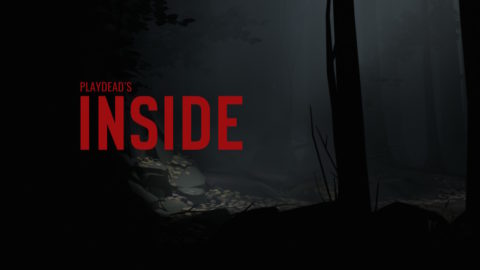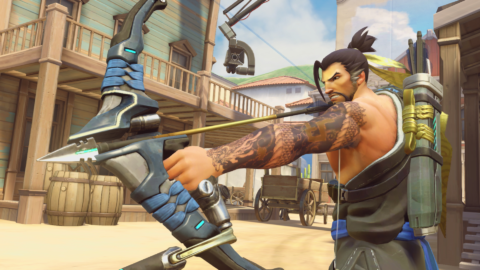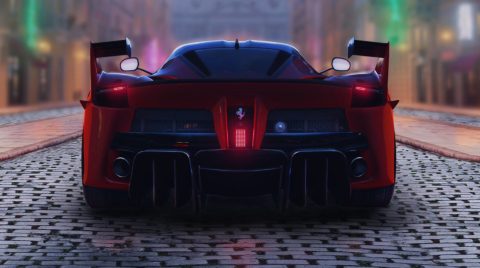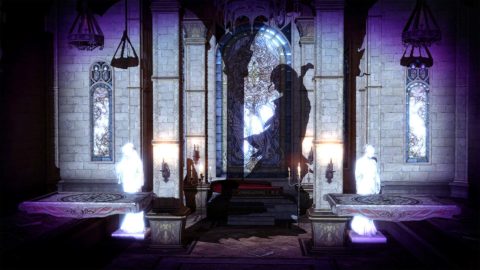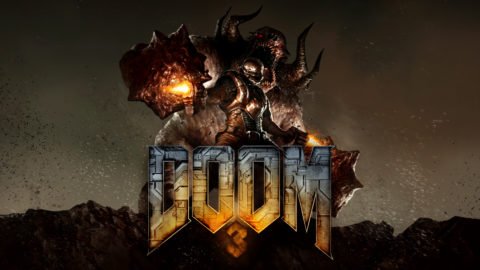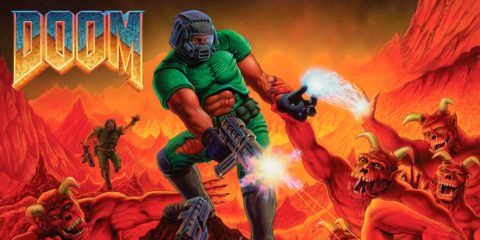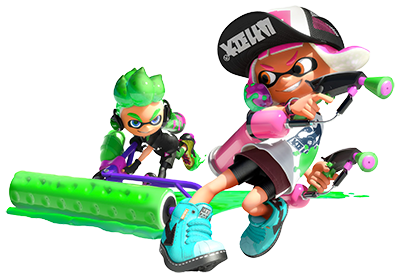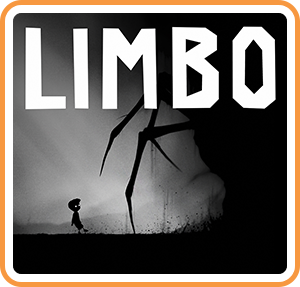
When LIMBO was released in July 2010 on Xbox Live Arcade, it challenged the way the gaming industry viewed small, downloadable titles considerably. At the time, downloadable games were generally seen as simple experiences that would tide gamers over until the next big title or as enjoyable distractions that would quickly be forgotten once the novelty wore off.
LIMBO’s haunting world and engaging puzzle platforming left a notable impression on players, earning the game high praise and multiple awards from several outlets. Eight years later, Playdead’s LIMBO has been released on Nintendo Switch to a generation that has consistently experienced amazing independent titles throughout the years and views these titles on the same level as games from AAA studios. Regardless of the status quo, LIMBO continues to stand tall as one of the greatest independent games of the last decade thanks to its clever puzzles, mysterious narrative, and poignantly depressing presentation.
Lost in the Woods
LIMBO puts the player in the shoes of an unnamed young boy. The boy emerges from a deep sleep only to find himself in the middle of an eerie-looking forest with seemingly no understanding of where he is or why he’s there. As the boy explores the area around him, he quickly learns that this forest is far from safe. There are hazards everywhere from environmental threats like sharp spikes, dangerous jumps, and deep waters to living threats like giant spiders, mind-controlling worms, and violent human beings. These dangers are all scattered and paced evenly throughout LIMBO’s various environments such as the forest, caves, and even a deteriorating factory/industrial area. The boy must be willing to do anything and everything possible to survive the dangers that are threatening his life and preventing him from reaching a lost girl he finds on his journey who is presumed to be his sister.
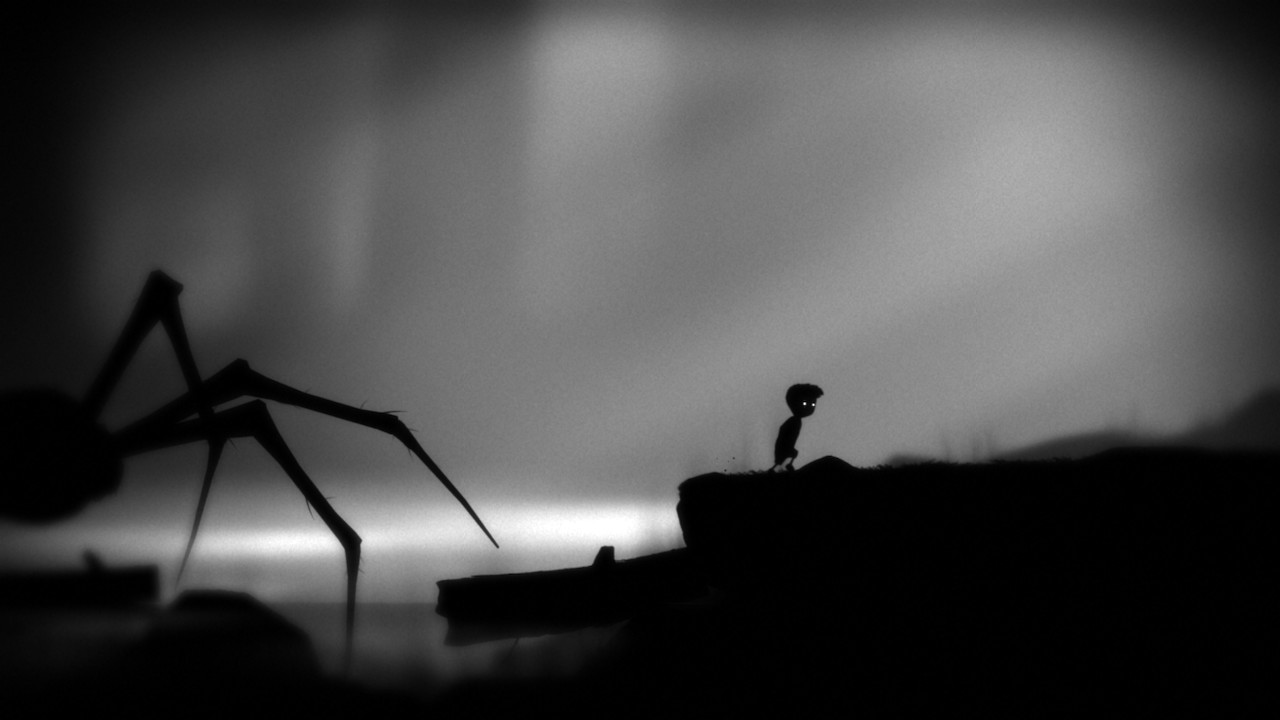
Film-Noir At Its Finest
LIMBO’s dark, gloomy, and hopeless presentation plays a significant role in what makes the game excellent. The entire game has no colors other than slight variations of black, white, and gray. From the items you interact with, to the environments you explore, to the beings inhabiting these areas, the game manages to provide enough detail with its minimal color palette so that you always understand where you are. The haunting nature of this presentation makes playing LIMBO feel as if you’re watching a character exist in another dimension entirely. This is further amplified by the fact that there is no UI, text, or dialogue to pull you out of the experience. LIMBO’s use of music and sound contributes to the level of immersion that all the other aspects of the game’s presentation manage to create when they all come together. The ambient melodies and tones of the game’s soundtrack float throughout the environments, setting the tone for each notable encounter. The sound effects of the boy being impaled by spikes, crushed by a boulder, or electrocuted by an electrified platform are all vivid and impactful.
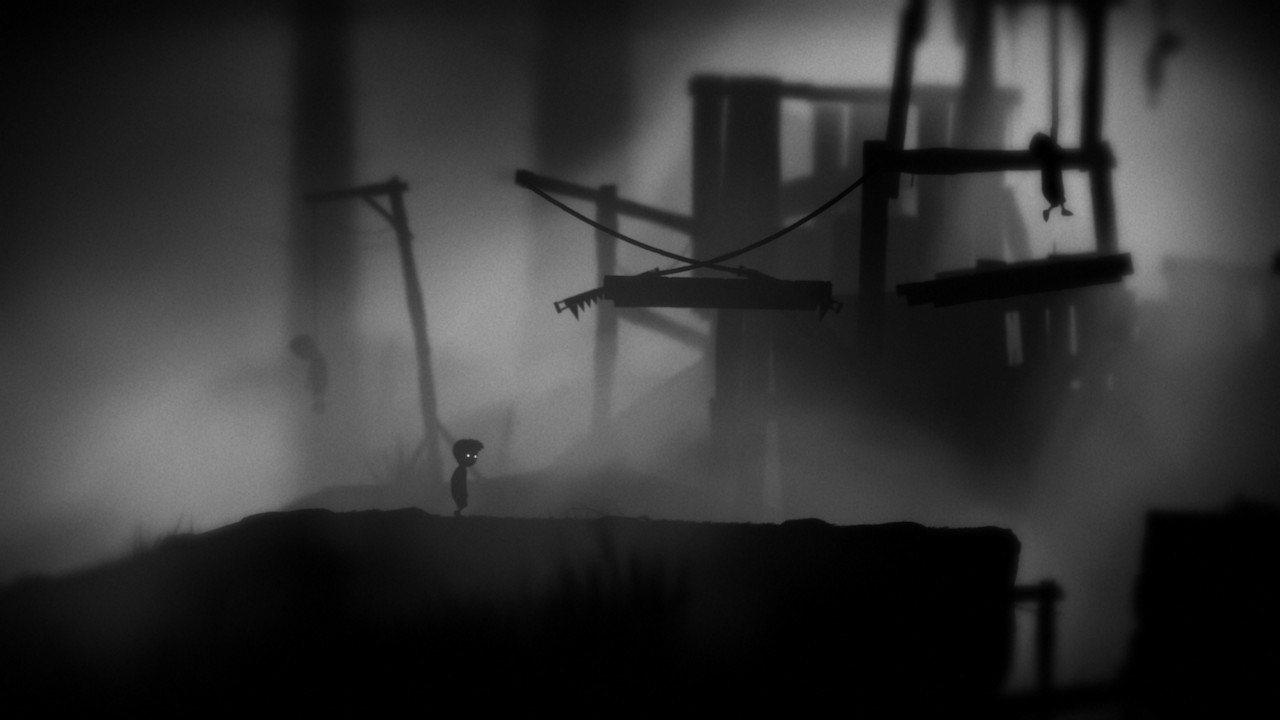
Learning To Live Through Death
These graphic sounds and images of the boy being brutally murdered by the violent threats inhabiting LIMBO’s world are an essential part of the game’s ethos. LIMBO is a game about trial-and-error, which means players new to LIMBO or players unfamiliar with puzzle platformers should expect to die quite a lot. The game does not expect the player to solve puzzles on the first try and instead hopes to use the graphic deaths of the young boy as a lesson so that the player better understands what to do in their next attempt.
At first, I was afraid the puzzles would grow to become too challenging and lead to a level of frustration that would break me out of the immersion that every other part of the game had carefully crafted. Thankfully, loading times in between lives are quick, and the game is incredibly generous with its checkpoints which usually bring you back to where you were right before you died. LIMBO’s initial puzzles are relatively basic, asking the player to use a cart to reach higher ledges, avoid bear traps, or to jump over pitfalls and spikes.
As the player progresses through the game, the puzzles become clever and challenging. Later areas feature mechanical puzzles where flipping a switch can affect the environment by turning on sharp moving saws that can behead the boy, powering on electric platforms that will electrocute the boy as soon as they’re touched or to manipulate gravity to walk on the ceilings of caves and other areas. These puzzles will require more than one attempt and will take longer to finish than the earlier ones, but they are all engaging and use environmental clues to make sure the player isn’t completely clueless about what to do.
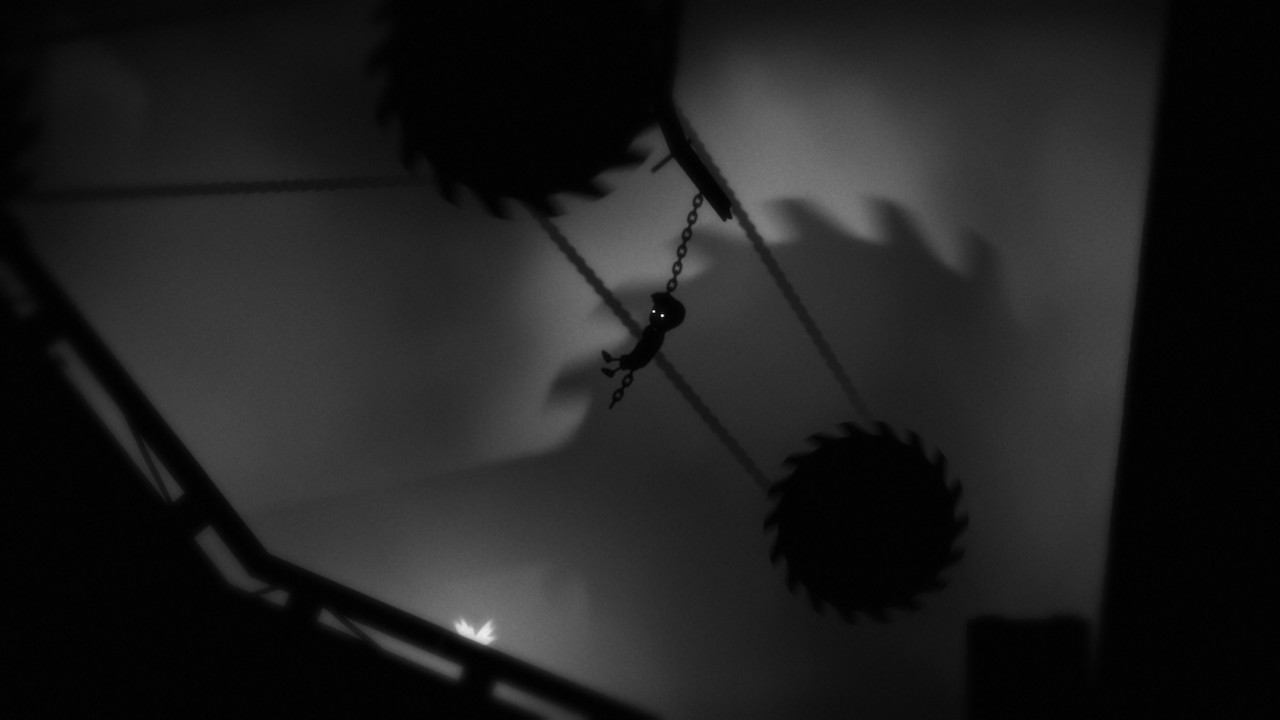
A Short Experience
The first time I played LIMBO on PC in 2012, it took me about 5 and a half hours to finish it. On Switch, it took me a little over 3 hours. LIMBO is a short title. There’s not much else to do after beating the game other than to find the hidden insect eggs or to find the entrance to a secret level. The Switch version of the game does not feature a leaderboard or in-game achievements, cutting down the extrinsic replayability of the title to almost nothing. Regardless of LIMBO’s play time, I feel that it accomplishes a lot in a short amount of time ensuring that the experience is tight, polished, and effective at conveying the themes and messages it wants players to remember.
Final Thoughts
LIMBO is a fantastic independent game that deserves to be experienced at least once. It’s unique use of black and white, film grain filters, and minimal ethos contributes to the game’s carefully crafted haunting and immersive presentation. The puzzles are paced well as they grow from simple to clever to challenging experiences. LIMBO left an impact when it was originally released in 2010, and its impact still lives on today in its unique and memorable take on puzzle platforming. LIMBO is available now on the Nintendo eShop for $9.99.
